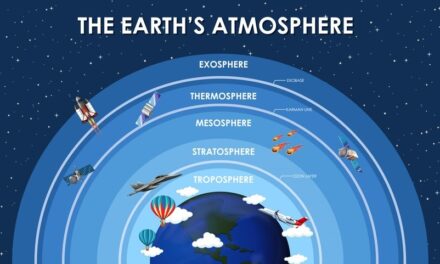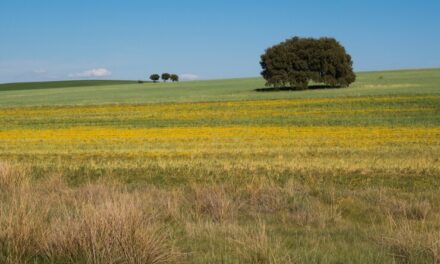Where the Sidewalk Ends
By Shel Silverstein
There is a place where the sidewalk ends
And before the street begins,
And there the grass grows soft and white,
And there the sun burns crimson bright,
And there the moon-bird rests from his flight
To cool in the peppermint wind.
Let us leave this place where the smoke blows black
And the dark street winds and bends.
Past the pits where the asphalt flowers grow
We shall walk with a walk that is measured and slow,
And watch where the chalk-white arrows go
To the place where the sidewalk ends.
Yes we’ll walk with a walk that is measured and slow,
And we’ll go where the chalk-white arrows go,
For the children, they mark, and the children, they know
The place where the sidewalk ends.
Introduction to the Poet
Shel Silverstein (1930-1999) was an American writer, poet, cartoonist, songwriter, and playwright known for his unconventional style and unique ability to connect with children. Born in Chicago, Silverstein created work that combined humor, imagination, and sometimes a touch of the bizarre. He is best known for his children’s books including “The Giving Tree,” “A Light in the Attic,” and “Where the Sidewalk Ends.” Silverstein’s poetry often features quirky characters, unexpected twists, and illustrations drawn by the author himself. His work encourages children to think creatively and see the world from different perspectives. Besides writing for children, Silverstein was also a successful songwriter who wrote hits like “A Boy Named Sue” for Johnny Cash. His ability to blend humor with deeper meanings has made his work beloved by both children and adults for generations.
About the Poem
“Where the Sidewalk Ends” is the title poem from Shel Silverstein’s 1974 collection of children’s poetry. This imaginative poem creates a contrast between the industrial, urban world of “smoke” and “dark streets” and a magical natural world that exists just beyond where the city infrastructure ends. Through vivid imagery and gentle rhythm, Silverstein invites readers to imagine a special place away from the constraints of the everyday world—a place of wonder, imagination, and natural beauty. The poem suggests that children have special knowledge about how to find this magical realm, hinting at children’s natural ability to access imagination and wonder. While the poem works as a simple fantasy for young readers, it also contains deeper themes about the contrast between natural and human-made environments, the need for escape from urban life, and the special wisdom that children possess. This multi-layered meaning makes it engaging for readers of all ages.

















